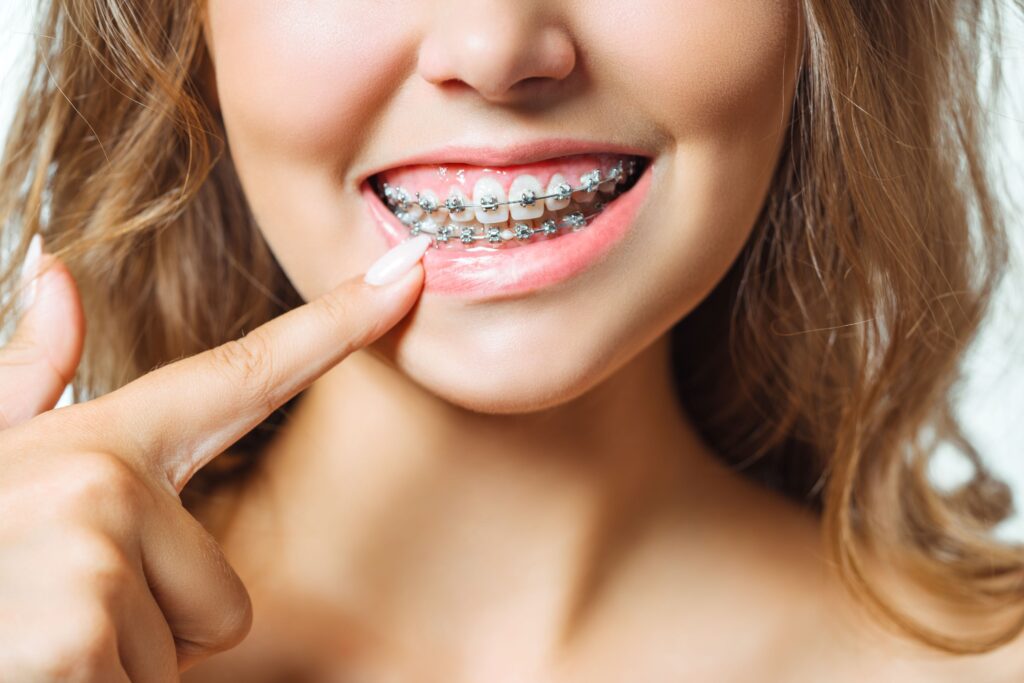
Although clear aligners continue to gain popularity as an alternative to braces, that doesn’t necessarily mean the two treatments are equal. Solutions like Invisalign are great for improving minor misalignments, but there are some circumstances that require traditional orthodontics to address successfully.
Before deciding on an appropriate method to straighten your smile, you must consult with your orthodontist. They will examine your dental condition and suggest appropriate solutions based on their findings. Continue reading to learn about 3 reasons they might recommend standard braces over other options!
Consideration #1: The Severity of Your Condition
Invisible aligners are an ideal solution for addressing mildly overcrowded teeth or minor malocclusions. The transparent plastic is designed to fit over them like a glove to gently shift them to their ideal placements.
However, if your grin is more severely misaligned, your orthodontist may need a solution that allows them to manipulate movement more easily. For instance, if you have a tooth that is rotated, your provider needs to be able to apply enough torque to turn it back around, which is difficult to do with Invisalign because the trays do not grab your teeth as forcefully. Meanwhile, it’s easier to apply the right amount of pressure with the wires and brackets of braces.
Consideration #2: Your Habits
Another reason your provider might recommend traditional braces is to ensure that you stay on track with your treatment timeline. Invisalign relies on removable plastic trays that must be worn for 20 to 22 hours daily to prevent your teeth from reverting to their previous places. Many patients struggle with meeting this requirement, or frequently damage or lose their aligners.
Meanwhile, standard orthodontics utilize metal brackets that are bonded to your teeth and threaded with an archwire to exert enough pressure to reposition them. They are permanently anchored to your grin throughout your treatment, so you do not have to worry about removing or reinserting trays for meals or cleanings.
Consideration #3: Your Budget
Many dental insurance policies categorize clear aligners as a cosmetic treatment that is intended to improve your appearance more than your dental health and do not cover them. However, many plans include orthodontics that are required to enhance or preserve your oral condition, like braces.
Furthermore, traditional orthodontics tend to be more cost-effective on average than options like Invisalign. Patients often pay anywhere from $2,000 to $7,500 for braces, whereas clear aligners frequently cost $3,000 to $8,000.
As you can see, there are several excellent reasons to choose standard braces over alternative orthodontic treatments!
About the Practice
At Serenity Orthodontics, people of all ages benefit from a team of experts eager to help you build and maintain your healthiest, most beautiful smile. They share 10+ years of combined experience providing a wide range of services to address misalignments and malocclusions. They are members of the American Association of Orthodontists, among many other prestigious organizations, so you can trust that your grin is well cared for. They take the time to learn about your unique goals and concerns, then customize treatment plans to address your needs. If you’re frustrated by crooked teeth, you can request a consultation on the website or call (678) 879-3006.
